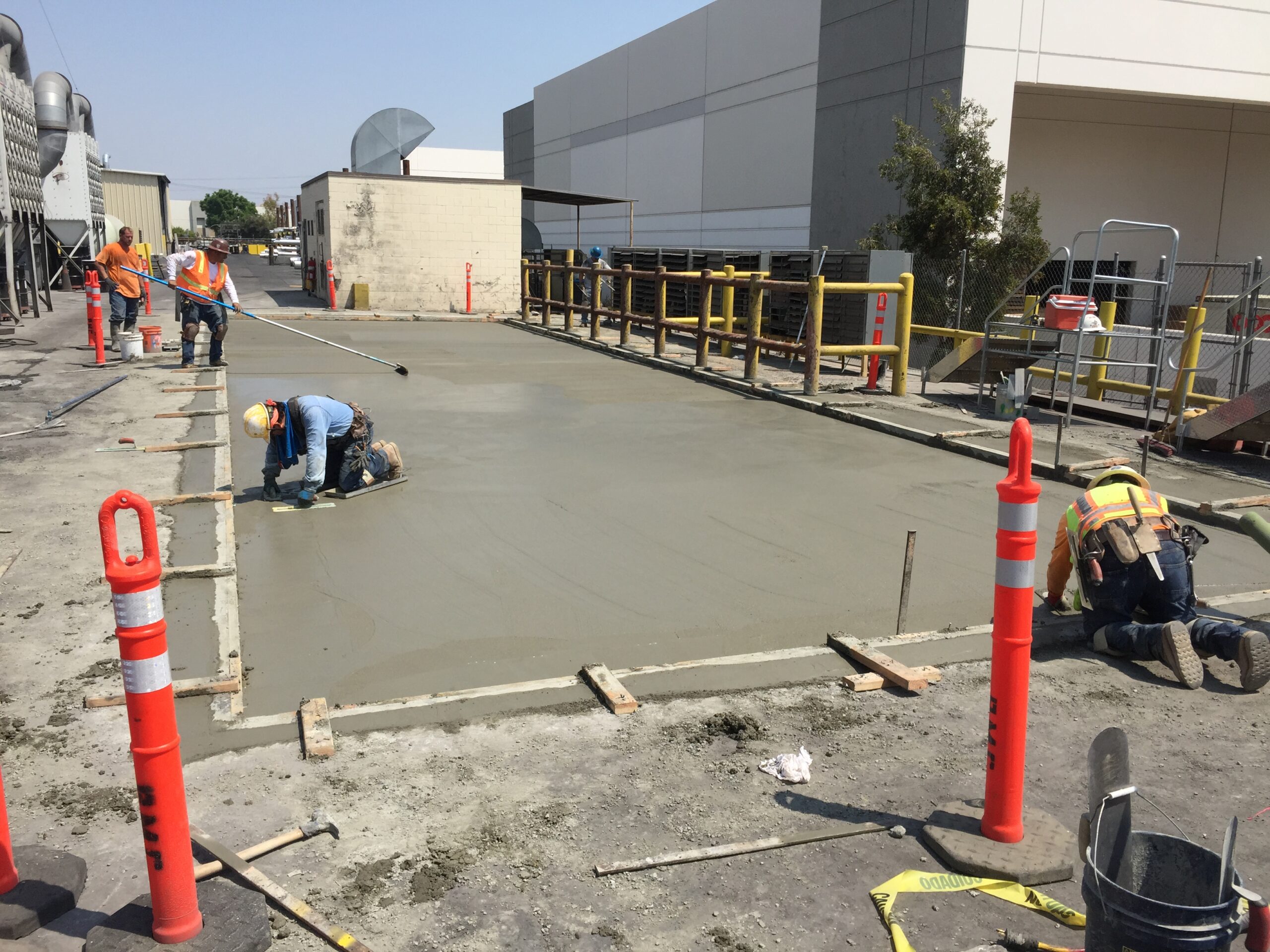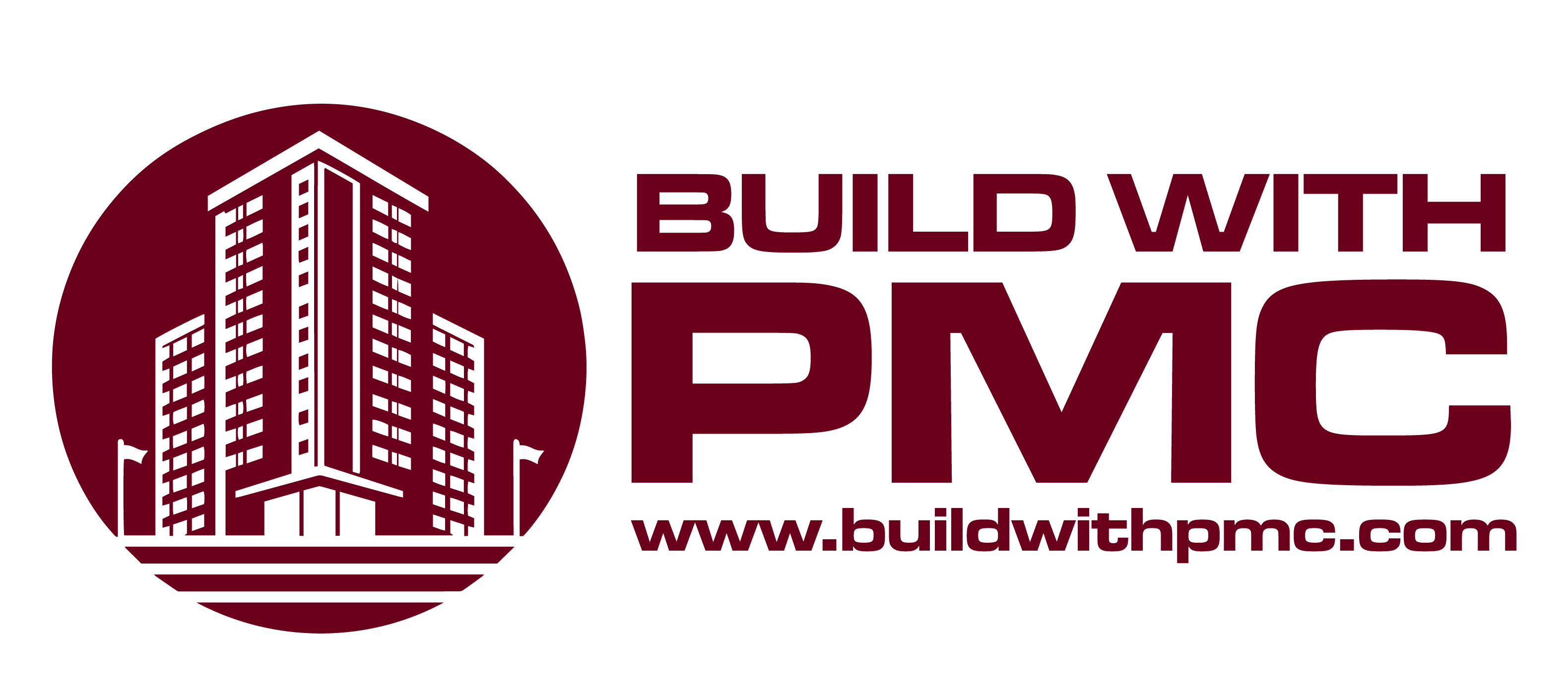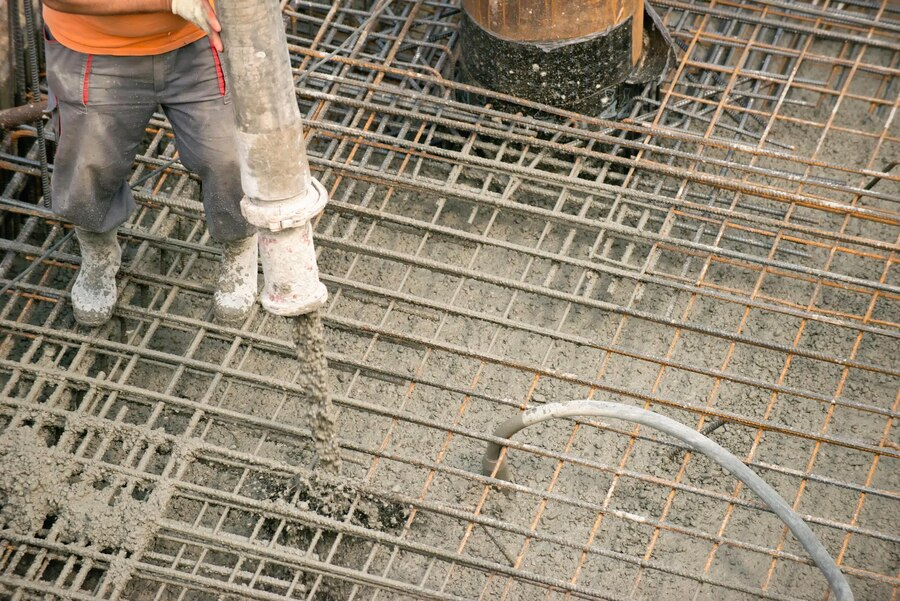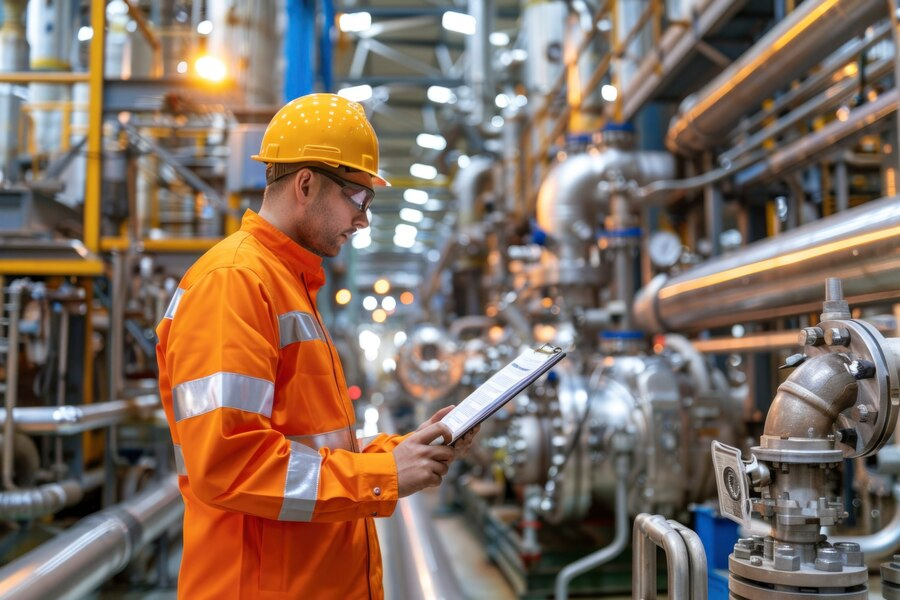In the realm of modern architecture and infrastructure, few materials stand as prominently as reinforced concrete. From soaring skyscrapers to intricate bridges, reinforced concrete has shaped the landscapes we inhabit and the cities we marvel at. Its versatility, strength, and durability make it an indispensable component of contemporary construction, offering engineers and architects a canvas on which to realize their boldest visions.
A Historical Foundation
The origins of reinforced concrete can be traced back to the 19th century, when builders sought to combine the compressive strength of concrete with the tensile strength of steel. The breakthrough came with the work of French gardener Joseph Monier, who patented reinforced concrete flower pots in 1867. However, it was the pioneering work of François Coignet and subsequently of Joseph-Louis Lambot that laid the groundwork for its widespread adoption.
Today, reinforced concrete remains indispensable in construction projects worldwide, embodying a rich legacy of innovation and continuous improvement. Its evolution from humble beginnings to a fundamental element of modern infrastructure underscores its enduring relevance and promise for the future of sustainable urban development. As technological advancements and environmental considerations drive further innovation, reinforced concrete continues to shape the built environment, ensuring that its legacy as the backbone of modern construction endures for generations to come.
The Building Blocks of Innovation
What sets reinforced concrete apart is its composite nature: concrete provides excellent compressive strength, while steel reinforcement bars (rebar) embedded within it impart tensile strength. This synergy allows for the construction of structures that can withstand immense forces, whether from gravity, wind, or seismic activity. The result is structures that are not only sturdy but also flexible in design, accommodating diverse architectural styles and engineering challenges.
Looking forward, reinforced concrete continues to inspire architects and engineers to push the boundaries of design and construction. From innovative skyscrapers that defy gravity to resilient infrastructure that connects communities, its role as a foundational material in modern construction remains unparalleled. As new challenges emerge in urbanization, climate resilience, and resource efficiency, reinforced concrete stands poised to evolve, ensuring that it remains the building block of choice for constructing a sustainable and resilient future.
Structural Integrity and Durability
One of the most significant advantages of reinforced concrete lies in its durability. Unlike many other building materials, reinforced concrete exhibits exceptional resilience against the elements, including fire and moisture. Properly designed and maintained, reinforced concrete structures can endure for centuries, reducing lifecycle costs and environmental impact compared to less robust alternatives.
Reinforced concrete’s unmatched combination of strength, durability, and versatility has made it an indispensable building material in the modern era. From iconic skyscrapers to essential infrastructure, its role in shaping the built environment and fostering sustainable development underscores its enduring significance in construction practices worldwide.
Applications Across Industries
The versatility of reinforced concrete extends far beyond traditional buildings. It serves as the backbone for infrastructure projects such as bridges, dams, and tunnels, where its load-bearing capabilities and resistance to environmental stressors are critical. In urban settings, its use in high-rise construction has redefined skylines worldwide, enabling the vertical growth of cities and the efficient use of limited land resources.

Reinforced concrete’s versatility and robustness have positioned it as a foundational material across diverse industries, revolutionizing construction practices and enabling the development of iconic structures worldwide. Its ability to withstand extreme forces and environmental conditions makes it indispensable in a wide array of applications, ranging from architectural landmarks to critical infrastructure projects.
Sustainability and Future Innovations
As sustainability becomes increasingly central to architectural practices, reinforced concrete continues to evolve. Innovations in concrete mixtures, such as high-performance and self-healing concrete, promise to enhance durability and reduce environmental impact further. Additionally, ongoing research into carbon-neutral cement production seeks to mitigate the material’s carbon footprint, ensuring that reinforced concrete remains a viable choice for environmentally conscious projects.
Reinforced concrete, while celebrated for its strength and durability, is also undergoing transformative innovations aimed at enhancing its sustainability and reducing its environmental impact. As global awareness of climate change intensifies, the construction industry is increasingly focused on developing more eco-friendly materials and practices to mitigate carbon emissions and resource depletion.
Conclusion
Reinforced concrete stands as a testament to human ingenuity and engineering prowess, embodying the marriage of strength and versatility. Its role as the backbone of modern construction is indisputable, shaping the skylines of cities and the infrastructure that connects communities. As we look to the future, reinforced concrete remains poised to meet the challenges of urbanization and sustainability, continuing to pave the way for innovative and enduring architectural achievements. Contact us today at PMC Inc, located at 14563 Manzanita Dr, Fontana, CA 92335 Southern California, to explore how reinforced concrete can empower your next visionary project.




